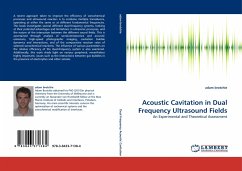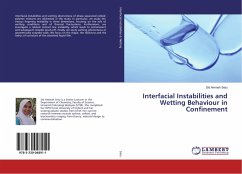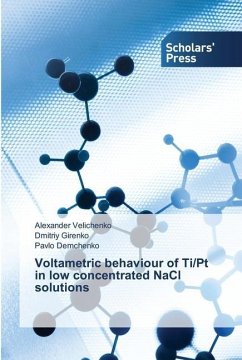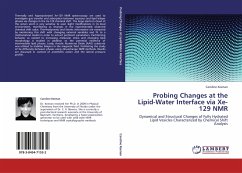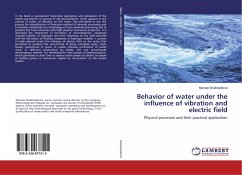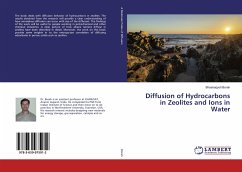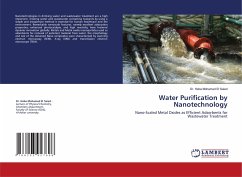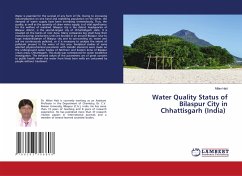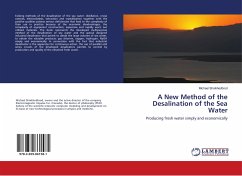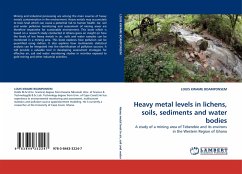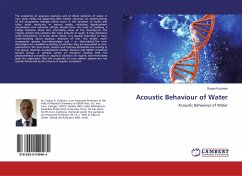
Acoustic Behaviour of Water
Acoustic Behaviour of Water
Versandkostenfrei!
Versandfertig in 6-10 Tagen
36,99 €
inkl. MwSt.

PAYBACK Punkte
18 °P sammeln!
The properties of aqueous solutions and of dilute solutions of water in non- polar media are apparently little related. However, an understanding of the progressive changes which occur in the solvation of water and other polar molecules in various media, including dipole-solvent interactions and inductive effects should form the basis of building a bridge between these two interesting areas of the chemistry.As the organic solvent also contains the trace amount of water, it may introduce some interactions. To know about these, it is equally important to have understanding about aqueous solution...
The properties of aqueous solutions and of dilute solutions of water in non- polar media are apparently little related. However, an understanding of the progressive changes which occur in the solvation of water and other polar molecules in various media, including dipole-solvent interactions and inductive effects should form the basis of building a bridge between these two interesting areas of the chemistry.As the organic solvent also contains the trace amount of water, it may introduce some interactions. To know about these, it is equally important to have understanding about aqueous solutions of one, two and/or multi-component species (non-electrolytes and / or electrolytes).The non-electrolytes are classified according to whether they are associated or non-associated in the pure state. Amines and hydroxy derivatives are coming in first group. Ketones, N-substituted amides, dioxane and DMSO constitute second group. A general survey of literature dealing with the physiochemical processes in aqueous solutions of organic non-electrolytes gives the impression that the properties of such solvent systems are not greatly influenced by the nature of organic co-solvent.



